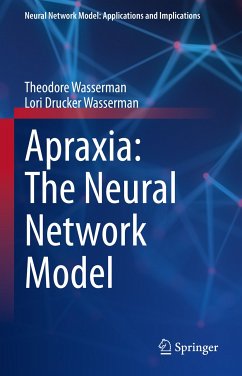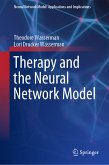The work will be a reanalysis and reconceptualization of the concept of apraxia. Apraxia is currently understood as a motor speech disorder but an analysis of the neural network properties of apraxia indicate a more complex and far reaching disorder with implications for intentionality, motor coordination and motor control of response inhibition in a variety of human behavioral and emotional reactions. A thorough redefinition of apraxia will be provided along with suggestions for diagnoses and treatment. The primary audience will be diagnostic and treating professionals in a variety of disciplines (outlined above). Secondarily, the book will provide an argument and justification for considering developmental apraxia pf speech to be a separate and discrete white matter based disorder. Finally, this work will serve as a driver of future research in the area.
Dieser Download kann aus rechtlichen Gründen nur mit Rechnungsadresse in A, B, BG, CY, CZ, D, DK, EW, E, FIN, F, GR, HR, H, IRL, I, LT, L, LR, M, NL, PL, P, R, S, SLO, SK ausgeliefert werden.









